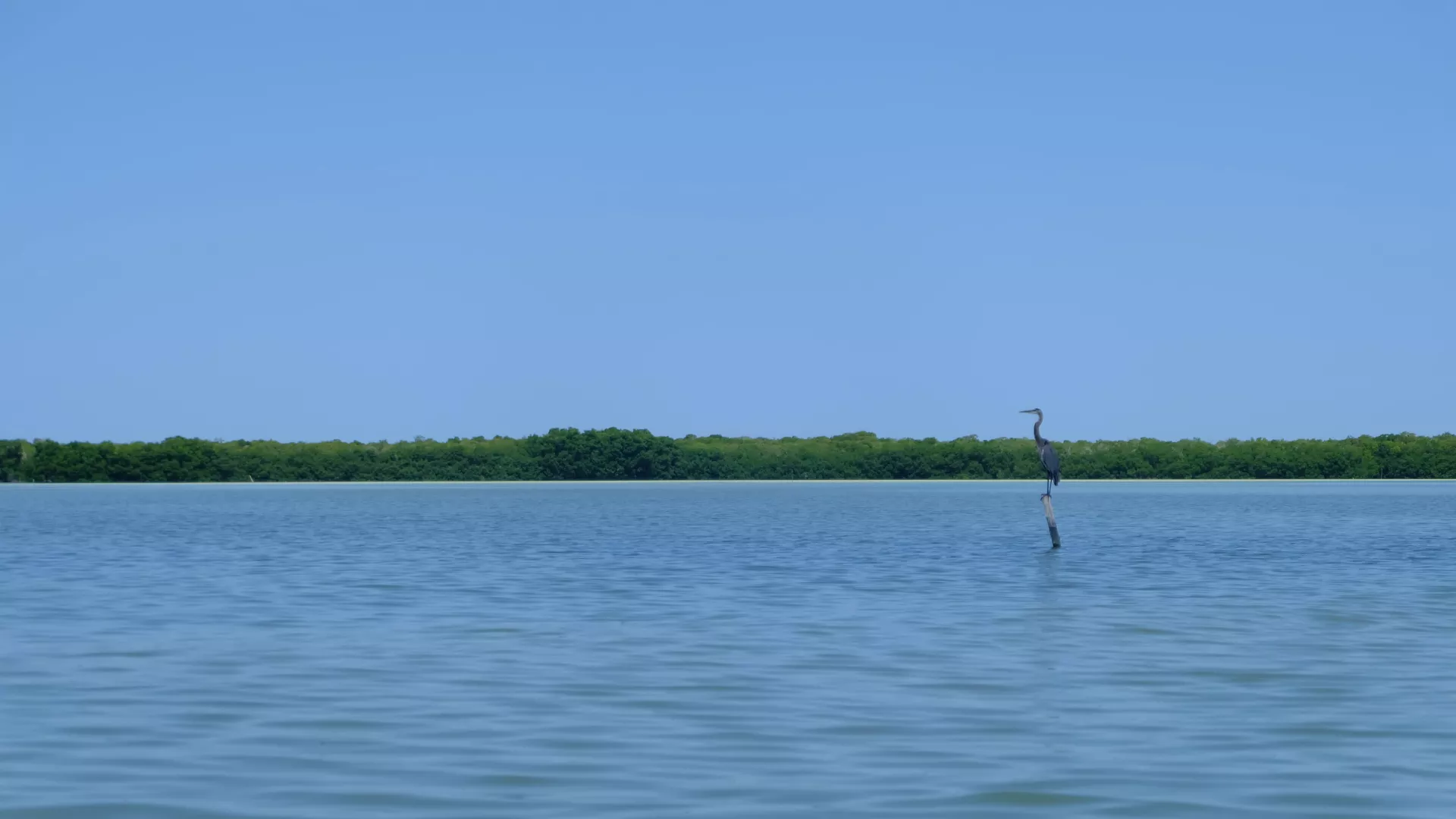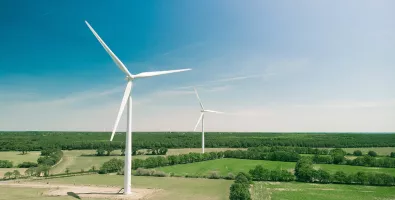
IANOS: descarbonization and smartification of islands

Goals
IANOS’ main aim is to demonstrate, under real-life operational conditions, solutions adapted to harsh islandic conditions capable of significantly increasing geographical islands’ overall energy and resource efficiency, while decreasing the Islands’ carbon footprint. To this end, an Island Energy Transition Strategy is established through 3 Transition Tracks:
TT#1: Energy efficiency and grid support for extremely high RES penetration;
TT#2: Decarbonization through electrification and support from non-emitting fuels;
TT#3: Empowered Local Energy Communities.
Within this Transition Tracks, 9 Use Cases have been crafted, enveloping a combination of already in-place and newly installed, novel renewable energy and storage technologies along with their effective coordination rendered by the intelligent Virtual Power Plant framework intelligence. This will be demonstrated in two Lighthouse islands (Terceira and Ameland), while taking the appropriate measures for their replication into three Fellow islands (Lampedusa, Bora-Bora and Nysiros).
Highlights
- Project coordination by EDP NEW;
Consortium formed by 34 partners from 8 different European countries.
New R&D Scope
EDP NEW is the project coordinator of IANOS and is also responsible for the Work Package on the specification and requirements and decarbonization roadmapping. Beside the development of many technical tasks, it will also, alongside with EDA, be responsible for the whole demonstration on the Terceira ecosystem.


